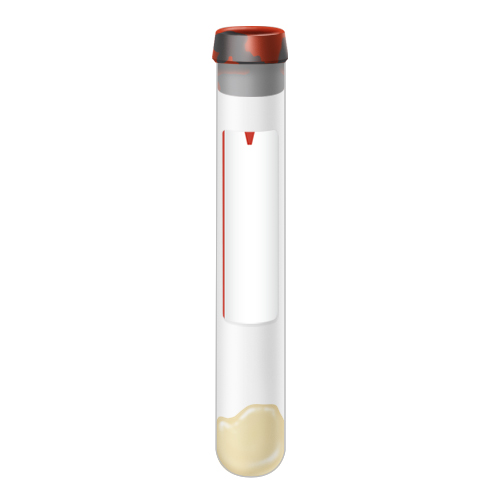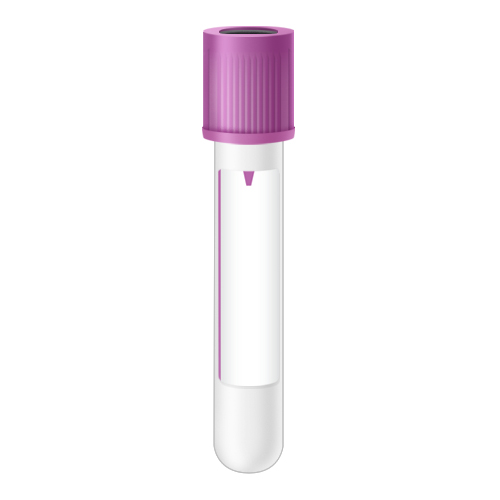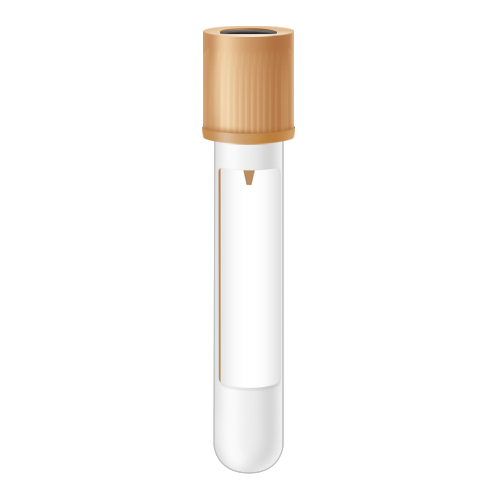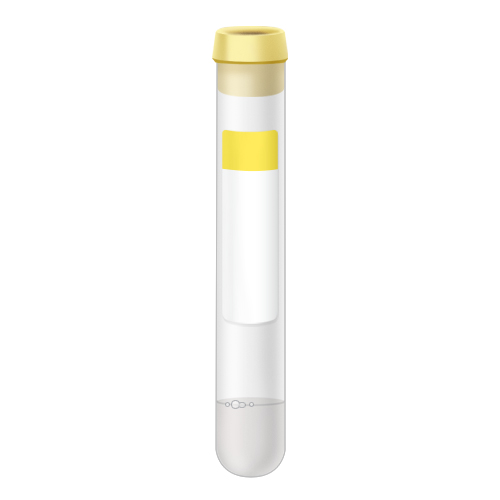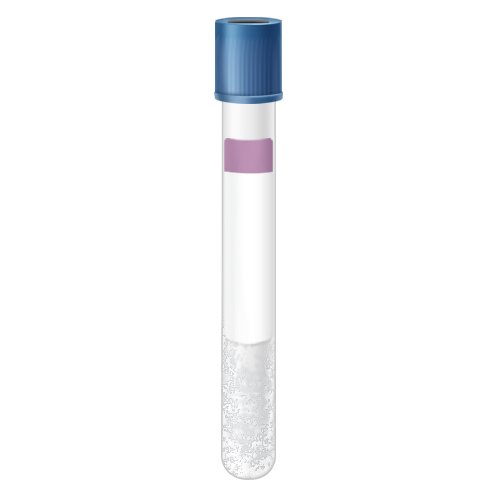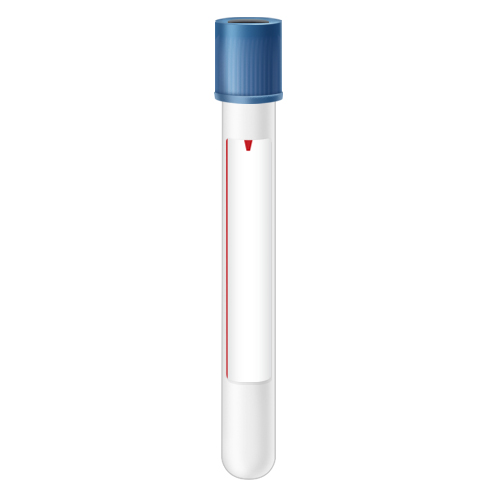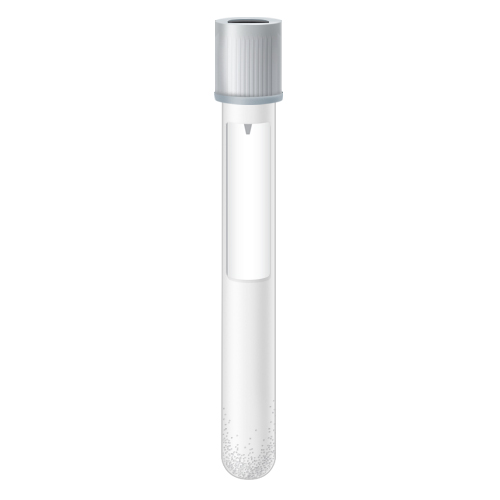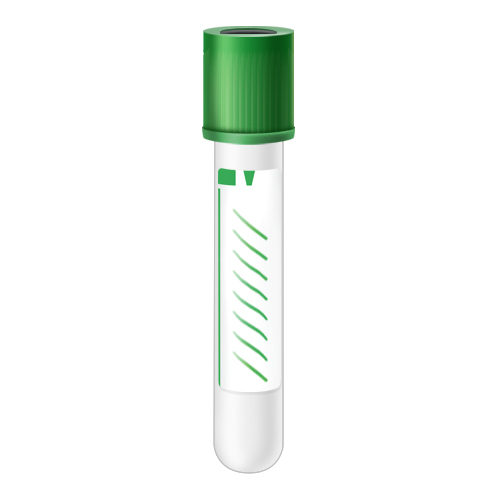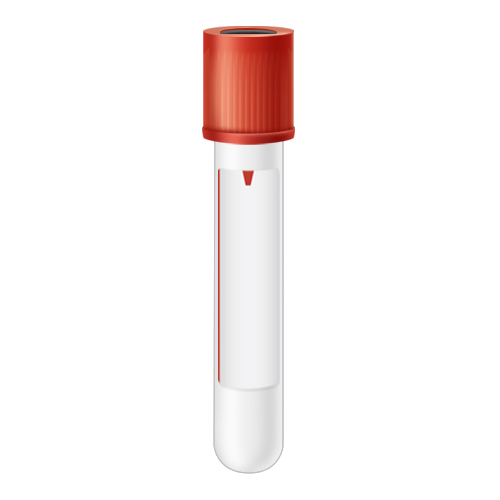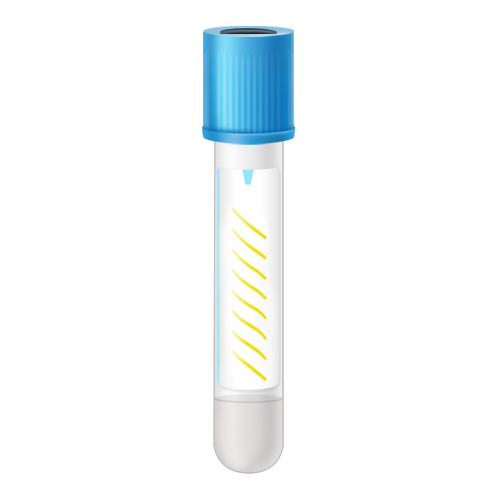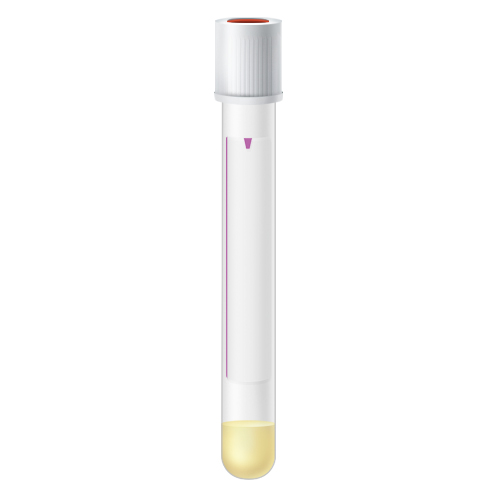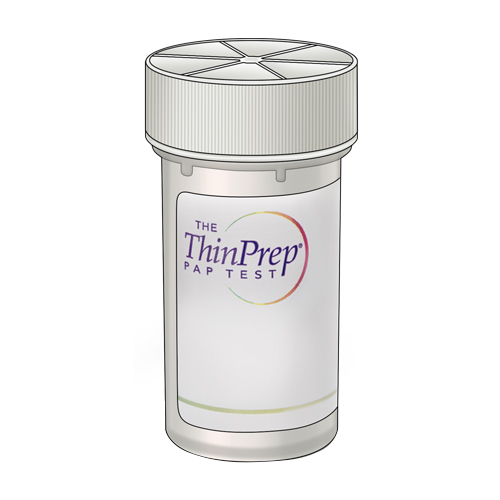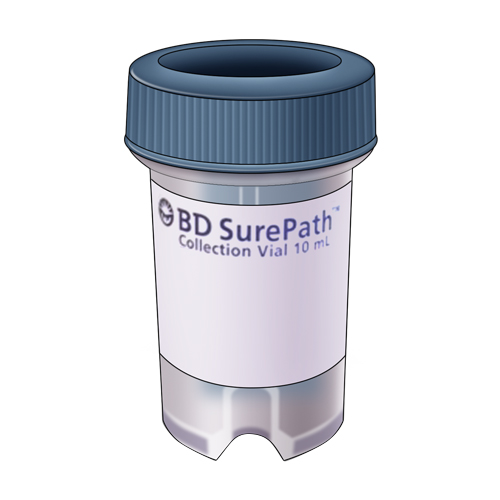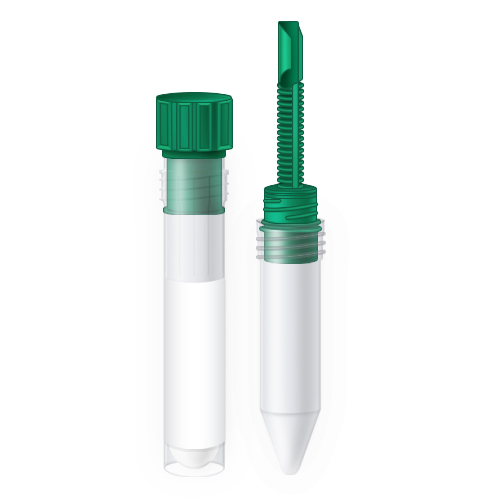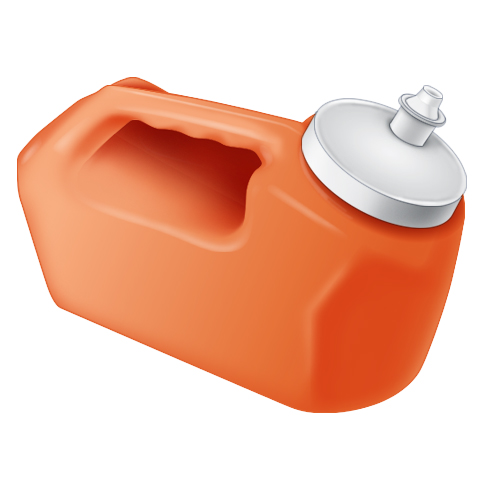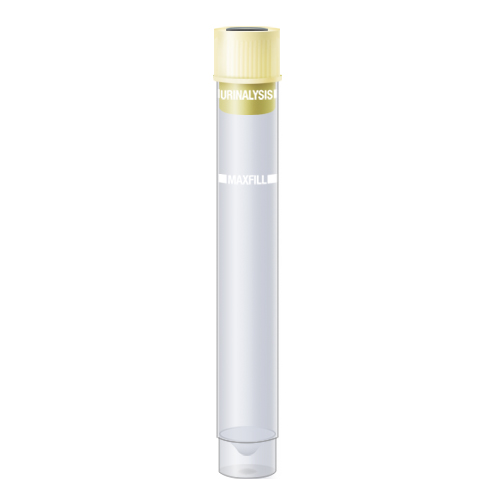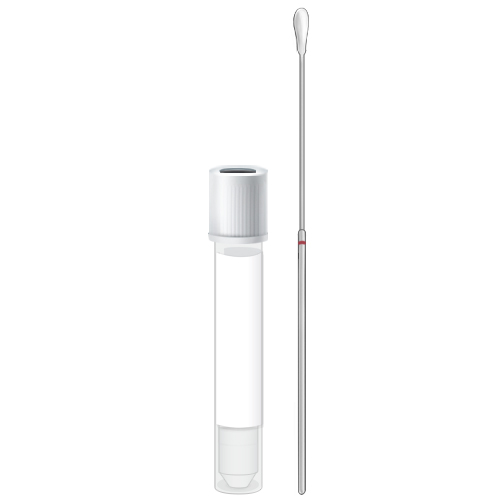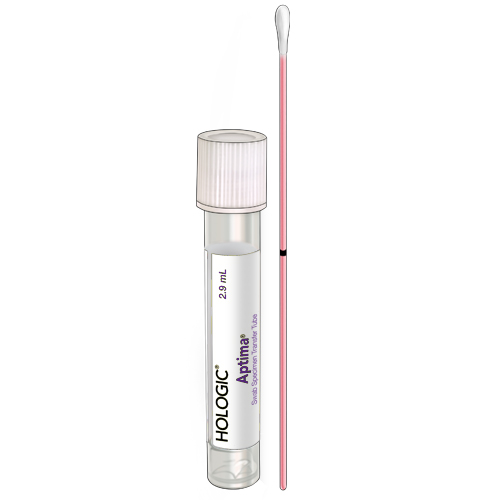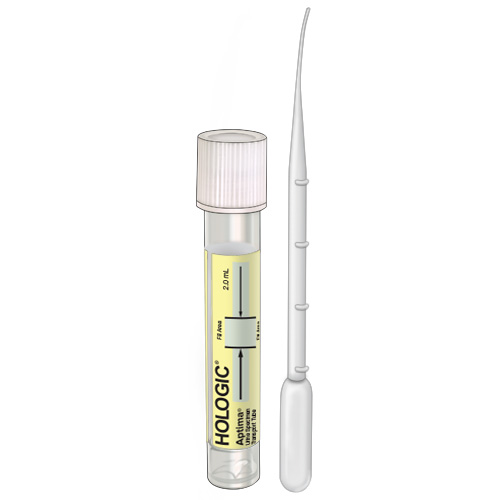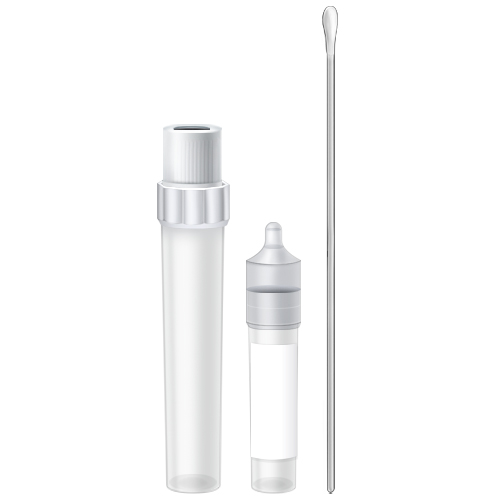As the weather cools and the leaves continue to change, it’s time again to start preparing for cold and flu season. However, with COVID-19 still a pressing issue, and winter allergies emerging, it can often be tough to decipher between illnesses when you feel like you might be coming down with something. Here, we’re breaking down some key characteristics of these common afflictions to help keep you informed and prepared this season.
COVID-19 vs. Flu vs. Allergies vs. Cold
Whether it’s a tickle in your throat after a chilly day out or a series of sneezes the alarm bell will probably sound in your head — “I think I’m getting sick.” Taking notice of emerging symptoms is an important first step, but what happens when those symptoms fit multiple conditions? Staying informed about the similarities and differences between COVID-19, the flu, allergies, and the common cold is crucial and allows you and your healthcare provider to make important decisions about diagnosis and treatment.
Characteristics of COVID-19
According to the Centers For Disease Control and Prevention (CDC), some of the most common symptoms of COVID-19 include:1
- Chills
- Cough
- Fatigue
- Fever
- Headache
- Loss of taste or smell
- Muscle or body aches
- Nausea
- Shortness of breath or difficulty breathing
- Sore throat
- Stuffy or runny nose
- Vomiting and Diarrhea
These symptoms may overlap with other illnesses, yet it’s also important to track their onset. The CDC notes that COVID-19 symptoms tend to appear 2 to 14 days after your exposure to the virus, which is a different range than that of a cold or the flu.
Characteristics of The Flu
The flu and COVID-19 are caused by different viruses, though they are similar when it comes to symptoms and contraction. The CDC lists the following as common symptoms of the flu:2
- Cough
- Fatigue (tiredness)
- Fever*
- Headaches
- Muscle or body aches
- Runny or stuffy nose
- Sore throat
- Vomiting and diarrhea*
*Not everyone with flu will have a fever, vomiting and diarrhea.
A notable difference between flu and COVID-19 symptoms is that in the flu, loss of taste or smell is rare. Additionally, the CDC indicates flu symptoms usually come more suddenly, and tend to appear one to four days after exposure to the influenza virus.3
Characteristics of the Common Cold
The common cold is most often caused by rhinoviruses, which is another type of virus than the one that causes COVID-19 or the flu. Signs and symptoms are generally similar, according to the CDC, and can include:4
- Body aches
- Cough
- Headaches
- Runny or stuffy nose
- Sneezing
- Sore throat
Like the flu, the CDC states that cold symptoms generally appear one to three days after exposure, and though there is no cure, a common cold is typically less severe than COVID-19 or the flu.
Characteristics of Seasonal Allergies
As winter rolls in, regular allergy sufferers are most likely already aware of the symptoms caused by indoor allergy triggers.5 The Allergy and Asthma Foundation says these symptoms can range from:6
- Itching in the nose and eyes
- Mucus (phlegm) in the throat (postnasal drip)
- Runny nose
- Sneezing
- Stuffy nose (congestion)
One big difference between allergies and COVID-19 symptoms, as well as the flu, is the absence of nausea, vomiting, diarrhea, fever, and muscle aches. The Allergy and Asthma Foundation notes that shortness of breath or difficulty breathing are not typically symptoms of seasonal allergies, however they may occur if a person has a respiratory condition, like asthma.7 Also, while COVID-19, the flu, and the common cold are all caused by respective viruses, seasonal allergies are not. Click here for a helpful patient resource about overlapping symptoms.
Get Tested
Because symptoms of all four of these conditions are so similar in nature, the CDC stresses that testing is the best way to tell the difference between a cold and COVID-19, allergies, or the flu.8 If you find yourself suffering from one or more of these symptoms, speak with your healthcare provider about diagnostic testing. Take charge of your health this season by staying aware of symptoms and getting tested when necessary.
If you are a healthcare provider, click here to download the Multiplex test for COVID-19/Flu resource, and click here to become a client so you can begin ordering COVID-19, flu, allergy and other diagnostic test solutions.
Sources:
- Centers for Disease Control and Prevention. https://www.cdc.gov/coronavirus/2019-ncov/symptoms-testing/symptoms.html
- Centers for Disease Control and Prevention. https://www.cdc.gov/flu/symptoms/index.html
- Centers for Disease Control and Prevention. https://www.cdc.gov/flu/symptoms/flu-vs-covid19.htm?web=1&wdLOR=cA3DCC294-1343-8540-B341-75D8403E6C7E
- Centers for Disease Control and Prevention. https://www.cdc.gov/features/rhinoviruses/index.html
- The Allergy and Asthma Foundation. https://community.aafa.org/blog/managing-your-indoor-allergies-during-the-winter
- The Allergy and Asthma Foundation. https://www.aafa.org/rhinitis-nasal-allergy-hayfever/
- The Allergy and Asthma Foundation. https://community.aafa.org/blog/sneezing-and-sniffling-how-to-tell-if-its-allergies-or-a-cold-and-warning-for-people-with-asthma
- Centers for Disease Control and Prevention. https://www.cdc.gov/flu/about/season/flu-season.htm?web=1&wdLOR=cCB578D1B-B7C4-8A43-A30F-E94DC33717B0


